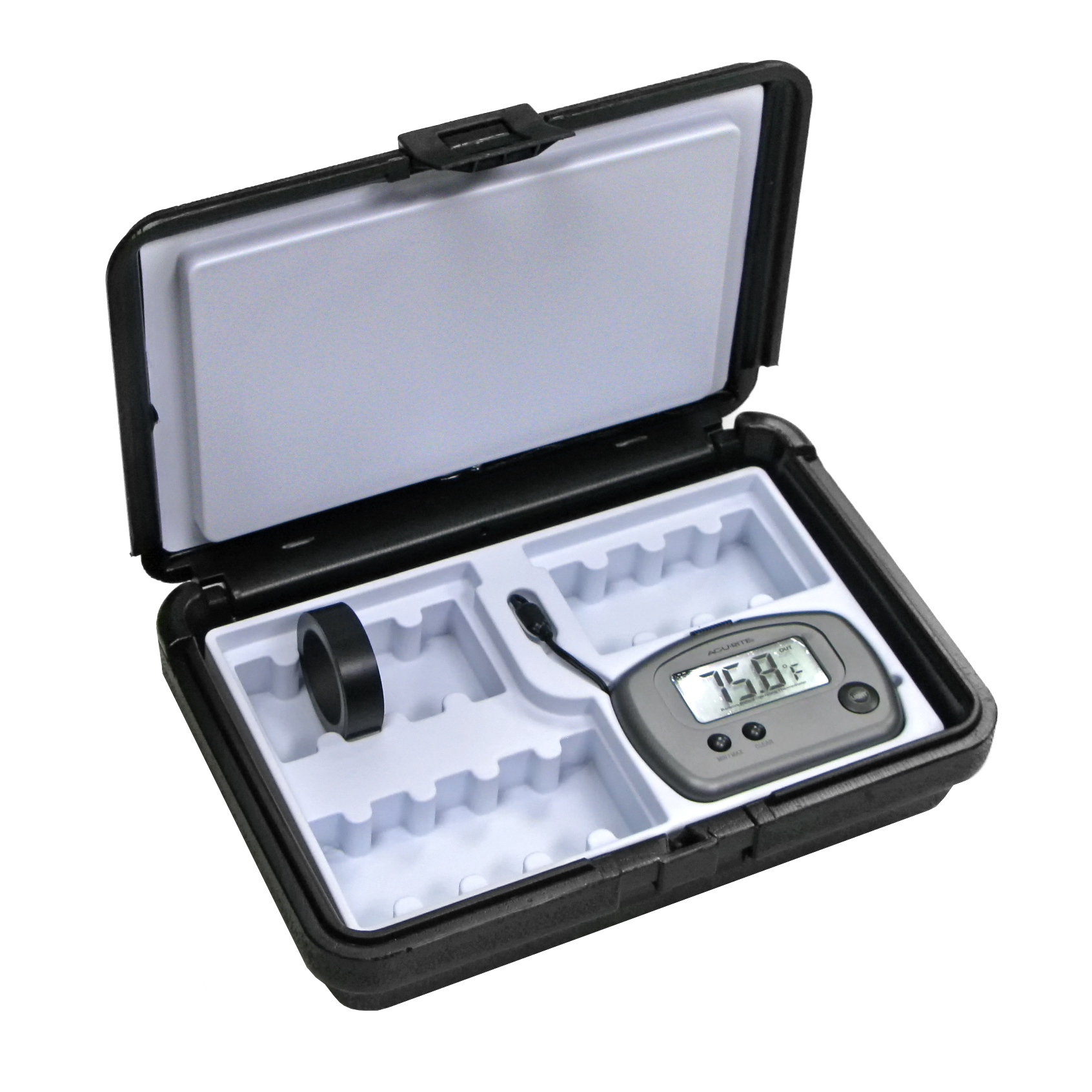Thermoforming is a cost-effective plastic molding process that offers quick turnaround times and relatively low tooling costs. Vacuum forming is a thermoforming process in which heat and vacuum pressure are applied to a plastic sheet to form the case or part. Different thicknesses of plastic can be used, and the finished part/case can provide great strength.
Fairly complex molding shapes can be achieved with vacuum forming. Some of the plastics used in vacuum forming include: acrylic, low-density polyethylene (LDPE), high-density polyethylene (HDPE), polypropylene (PP) and crystalline polyester (CPET).
A Breakdown of the Thermoforming Process
Thermoforming is a three-phase process.
In the first phase, a plastic sheet is heated to soften it.
In the second phase, the heated sheet of plastic is drawn tightly over a mold using mechanical assists, direct pressure or vacuum pressure. Vacuum thermoforming is a process that molds sheet plastic into the desired shape through the vacuum suction of heated plastic onto a mold. Vacuum forming removes all air between the mold and the plastic sheet, creating negative air pressure, which draws the plastic down onto a thermoforming mold.
Finally, the molded plastic cools either on the mold tool or it is transported to a separate station where the finished part/case cools. Once cool, the formed plastic is ready for secondary operations such as installing the valance, lock or other hardware.
Features and Benefits of Vacuum Thermoforming
- Ability to provide sharp detail and a wide variety of surface patterns and textures
- Capability of producing large-size parts
- Close tolerances and tight specifications
- Design flexibility, with a variety of colors and textures available
- Low tooling costs and quick set-up time
- Seamless construction
- Short lead times
Vacuum-Formed Case Applications
- Avionic equipment
- Computer enclosures
- Deployable weapons systems
- Electronic testing and monitoring equipment
- Military and law enforcement instrumentation
- Medical testing and apparatus equipment
- Oil field-monitoring equipment
- Portable marine instrumentation
- Portable communications equipment
- Portable computer networks and systems
- Telecommunications test equipment
An Example from the Cases By Source Portfolio
Olympus America contacted Cases By Source to assist in the development of a unique field case to house fiber-optic cables and scopes used to inspect the interior of aircraft engines, without having to remove the engine from the plane. The requirement was to produce a lightweight case with recessed wheels and a retractable pull handle. The interior was to be designed with a reel to coil the cable and a compartment for photographic and computer accessories.
Our team worked closely with the Olympus industrial designer to ensure the design was easy-to-use and cost-effective to produce in large quantities.
The design concept was approved by Olympus. We then constructed a prototype using plywood and foam core. Once it was completed and operational, it was decided the most cost-effective method to manufacture this case was thermoforming. Our model maker carved a wood pattern that was used to produce a few working samples, and then the pattern was used to produce the aluminum molds required for the finished product.
Two prototype cases were produced with all hardware and internal working parts. Following field tests, and minor adjustments, the project went into production.








Leave a Comment